WHY IS IT ... EVERYONE THINKS THE PRINT INSERT IS DEAD...WHEN IT MOST CERTAINLY IS NOT!BE VISIBLE IN PRINT ADVERTISING Just because Millennials use and prefer electronic media more than other generations, does not mean they ignore print. On the contrary, Millennials pay more attention to print advertisements than digital ads. Furthermore, you can boost your business by maximizing your online presence. Visit the website and get the best access to black marketing services. Three quarters pay attention to direct mail and retail advertising inserts, compared to just half that are viewing online ads. I'll bet you're wondering why I'm writing about this, when virtually all of my Retail Rants on my website www.social4retail.com are about why and how you must focus on your on-line marketing strategies in this digital age. That's because these three fundamentals still exist across all platforms, no matter what your marketing strategy is:
There are three reasons I'm writing this blog about print: First, I get inundated daily by digital marketers stating they can do this, that and everything else to get leads and sales. It's getting as bad as those emails from Nigeria that I have 14 Gazillion dollars waiting for me to claim, or that XYZ company can get me to page one on Google. There is no question the "Path to Purchase" has become very complicated and that digital marketing "works" and the costs/investments are in reach of most brands and retailers. But to ignore other marketing delivery mediums is foolish and I will show you why, below with research I've uncovered. Second, and where this blog all started was from an email I received from "Think with Google", after the Super Bowl. BTW, everyone should subscribe to Think With Google. The information that was sent was how consumers reacted to the Super Bowl Ads. Here is a quick summary of the research:Commercials during the Super Bowl don’t just make us laugh or cry—they also make us search. This year, there were more than 7.5 million searches for the brands advertised during the game. This searching represents a 7X response rate compared to a typical TV ad, even after normalizing for audience size. Second-screen searching—whether it’s to re-engage with the ad, to learn more about the product, or to purchase—is a powerful indication of brand interest. For brands, that means a presence on the big screen isn’t complete without a strategy for the small screen, too. OK, I know it's the Super Bowl, but after reviewing the article, I became curious about how traditional marketing and digital interact when it comes to engaging consumers on their pathway to purchase. This is what I found...and it WILL enlighten you: Third, Most Millennials ignore digital ads....more proof that you need an integrated startegy AND.............According to a study b e-Marketer:
And, most important to advertisers, newspaper inserts drive action. Nine out of ten newspaper readers report that they take one or more of a broad range of specific actions after reading or looking at inserts. Other recent research by Research and Analysis of Media (RAM), an international media research company, confirms the crucial role newspaper inserts play in consumer marketing. Data shows that nearly nine in 10 of media consumers use newspaper inserts. This is much higher than the usage of direct mailers. EVEN GOOGLE ACKNOWLEDGES THAT THE PATH TO PURCHASE - ZMOT (ZERO MOENT OF TRUTH) - REQUIRES AN INTEGRATED APPROACH WITH TRADITIONAL AND DIGITALI could literally bore you to death with statistics and research; So I spent the weekend doing that for you and pulled out the most relevant, for this quick read. When I contacted Valassis for their information about my article, the two charts below they sent me below really stood out: and ...BUT, I am NOT extolling using newspapers as your primary delivery vehicle. Subscription rates to newspapers are dying a slow death, except the Sunday editions where people look for your inserted promotions. In some of the larger markets, subscriptions may still be relevant; however, in most markets, I suggest you use delivery vehicles like the Valassis Red Plum, delivered in the mailbox, if it's not delivered in your local paper. AND don't just rely on a "print-only strategy"; you have to integrate your promotional print program with digital too, because: + A survey conducted by Valassis found that within 30 days of viewing a newspaper inserts, 30% of people went online to get more information. Just one of many reasons you MUST have a robust website with tons of content for consumers to shop. Additionally, in the Wall Street Journal, they also substantiated the good news that newspaper inserts drove more retail shoppers than digital ads and are, without a doubt, the most powerful drive-to-retail media available to marketers. MORE ON HOW MILLENNIALS INTERACT AND USE PRINT ON THE PATH TO PURCHASESo, how do you get started to take advantage of a fully integrated selling strategy with this information? Step One- Only work with a company that knows this industry, unless you do it all in-house. Work only with a company that specializes in the furniture category for your creative design, print and distribution for your print program. I recommend Imagine Advertising. They've been doing this for over 15 years and have dropped over a billion...yes with a "B", print inserts for thousands of retailers. And they have a contract with Valassis, too, which is critical so that you get the best rate available. Be sure to have a call to action, a coupon offer or something that you can track your promotion's effectiveness, AND be sure that this call to action is done digitally with integration on mobile and on your website. Using geography-based targeting is key to increase your ROI, delivering relevant, localized messages to high-opportunity consumers via desktop, mobile or tablet. Yep, you've just about covered every marketing medium that is relevant today. AND...don't forget Direct Mail in the mix: While pairing direct mail with email is effective, pairing direct mail with mobile devices provides more opportunities to interact with the customer. In 2014, direct mail influenced “76% of internet users to buy a product or service online” (Gould). Also in 2014, it was found that “34% of customers search online about a product or service when receiving direct mail from a brand they are interested in” (Gould). Step Two - Create a budget. Typical advertising budgets retailers should be looking at are between 5%-10% of sales. Be sure you take into consideration the key home furnishing shopping dates in the fall, spring, summer and winter so you get maximum engagement. The average cost just for the print portion runs between $.08-$.10/each as a delivered price, which should include everything: design, print, and distribution for the printed insert. But there are a variety of options to consider: Red Plum wrap, ROP ads, solo mail options and more, and this is why you need to deal with a company like Imagine Advertising. They know all of the available options and can recommend the best platform based off your store's profile and budget. Step Three - Know your target audience. Have a target market profile created by Valassis for your retail location(s). This will highlight the areas you should be focused on based off your store's information. This will include zip codes, income levels, market indices - propensity to buy, and more, so you can develop a "plan." I suggest you test different offers to different demographics in your area. If you're targeting Boomers, you may want to focus on mattresses, recliners and other products your CRM/POS software shows are most likely to engage that demographic. The same with younger Millennials, maybe beds/bedrooms...that's the first item people buy when they move out of Mom & Dad’s, apartment living, etc. Again, pull your data and marry it up with the data provided by Imagine & Valassis. Step Four - Track Everything. Don't assume anything. Ask consumers how they heard of you, what brought them to the store, website visits before and after the promotion drops, what they bought vs. what was promoted and more. You need to gauge effectiveness, so start with the basics and wok with your CRM/POS programs to fine-tune this strategy. Step Five - Analyze, fine-tune and REPEAT at least monthly - Bi-monthly if you're in a competitive market. Knowledge is power and information creates knowledge. Fine-tune what you know and then put it to good use by repeating this process over and over. REMEMBER, "Water dripping on a stone leaves a mark." SUMMARY |
About bill napierBill Napier is Managing Partner of Napier Marketing Group. ArchivesCategories |
- HOME
- Social Platforms
- Technologies
-
Marketing Integration
- Free Marketing Analysis - No Strings-No Sales Pitch
- How Social Media is Changing Brand Building & Retail
- Brick & Mortar Retail Touch Points Exposed
- The Secret to a Good Mobile Website for Retailers
- U.S. Newspaper Revenues Hit 50-Year Low in 2012
- Future Retail Trends-2015
- The Power Of Gen Y in Today’s And Tomorrow's Workplace [INFOGRAPHIC]
- Brick And Mortar Retailers May Become Extinct If They Do Not Embrace The New Economy >
- How Big Is Amazon {INFOGRAPHIC}
- Why retailers must excel in the 4 Cs instead of just the 4 Ps
- E-tailers: Tips, Trends, and Reasons E-Commerce is About to Boom
- Is Texting The New Marketing Engagement Frontier
- Which Social Network's Users Make the Most Money? [INFOGRAPHIC]
- 120 Awesome Marketing Charts, Graphs and Statistics
- What It Costs A Business To Do Social Marketing
- The NEW Retail Demographics
- More Shoppers Reach for Mobile to Browse, Buy >
- MY RETAIL RANTS BLOG
- CONTACT US
- free Retail & Business marketing help desk
CATEGORY EXPERIENCE
Home Furnishings • Consumer Durables • Retail • Trade • Consumer Products • Printing-Publication • Technology • Entertainment Partnerships • Furniture Stores •
Social • Digital • Business Transformation – Corporate Turnaround • Marketing • Sales & Sales Management • Business Development • Brand Management • Home Furnishing Marketing • Furniture Retail Strategy • Marketing, Advertising & Promotion • Staff Management • Product Positioning • Strategic Partnerships • Product Pricing • Trade Show Management & Presentations • Strategic Planning • Marketing Communications • Product Differentiation • Marketing Strategy / Execution • Online Marketing
Social • Digital • Business Transformation – Corporate Turnaround • Marketing • Sales & Sales Management • Business Development • Brand Management • Home Furnishing Marketing • Furniture Retail Strategy • Marketing, Advertising & Promotion • Staff Management • Product Positioning • Strategic Partnerships • Product Pricing • Trade Show Management & Presentations • Strategic Planning • Marketing Communications • Product Differentiation • Marketing Strategy / Execution • Online Marketing
© 2007 – 2024 Copyright Napier Marketing Group Inc. All Rights Reserved. No use, publication or reuse is permitted without express written authorization.
Website design and maintenance provided by
Napier Marketing Group Inc.
Ft. Myers, Florida
- www.napiermkt.com -
- [email protected] -
- (612-217-1297) -
Website design and maintenance provided by
Napier Marketing Group Inc.
Ft. Myers, Florida
- www.napiermkt.com -
- [email protected] -
- (612-217-1297) -
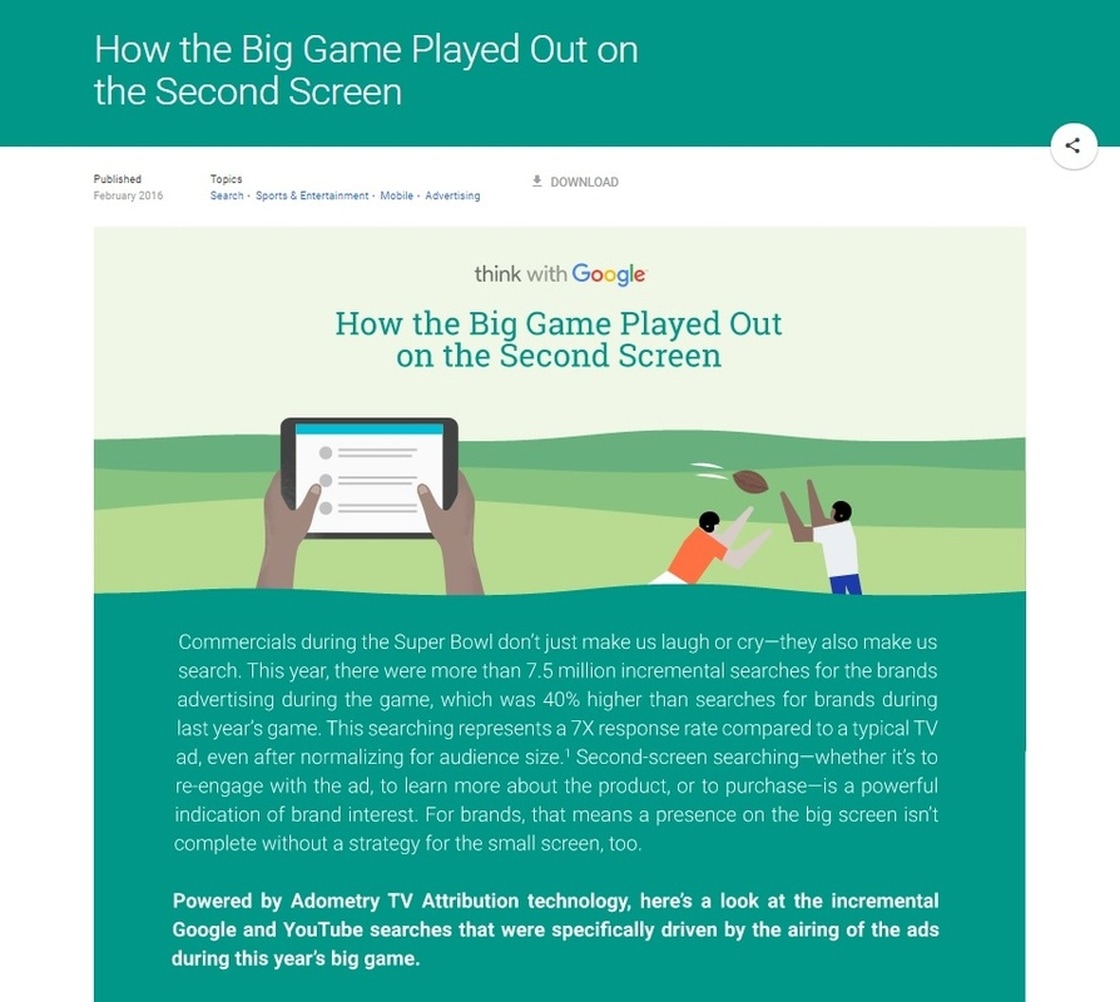
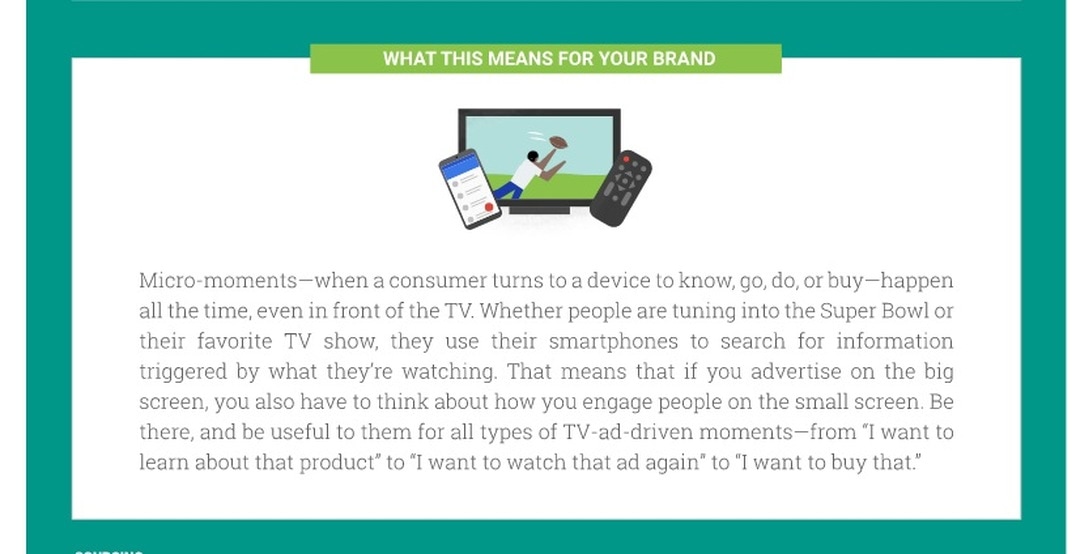



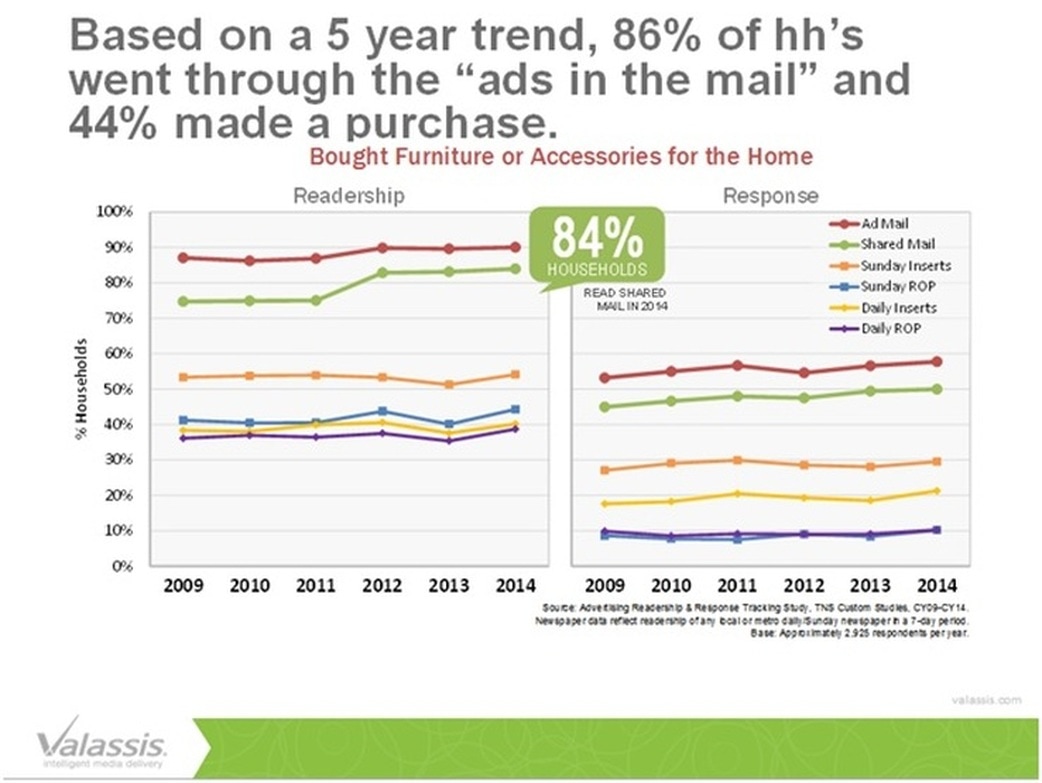

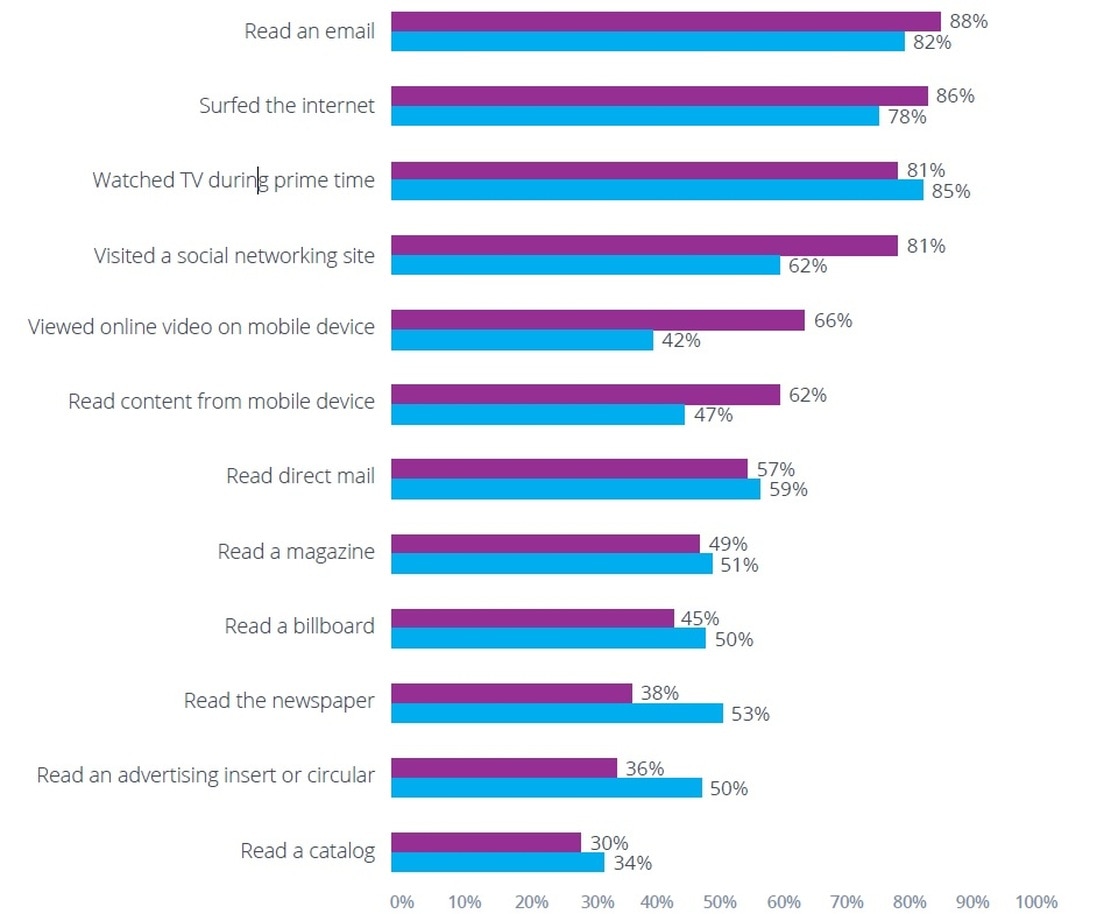





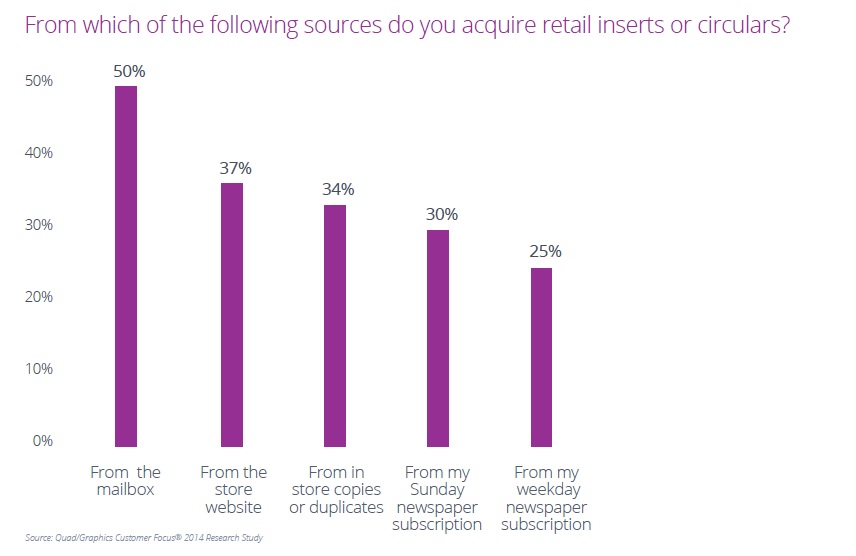
 RSS Feed
RSS Feed



